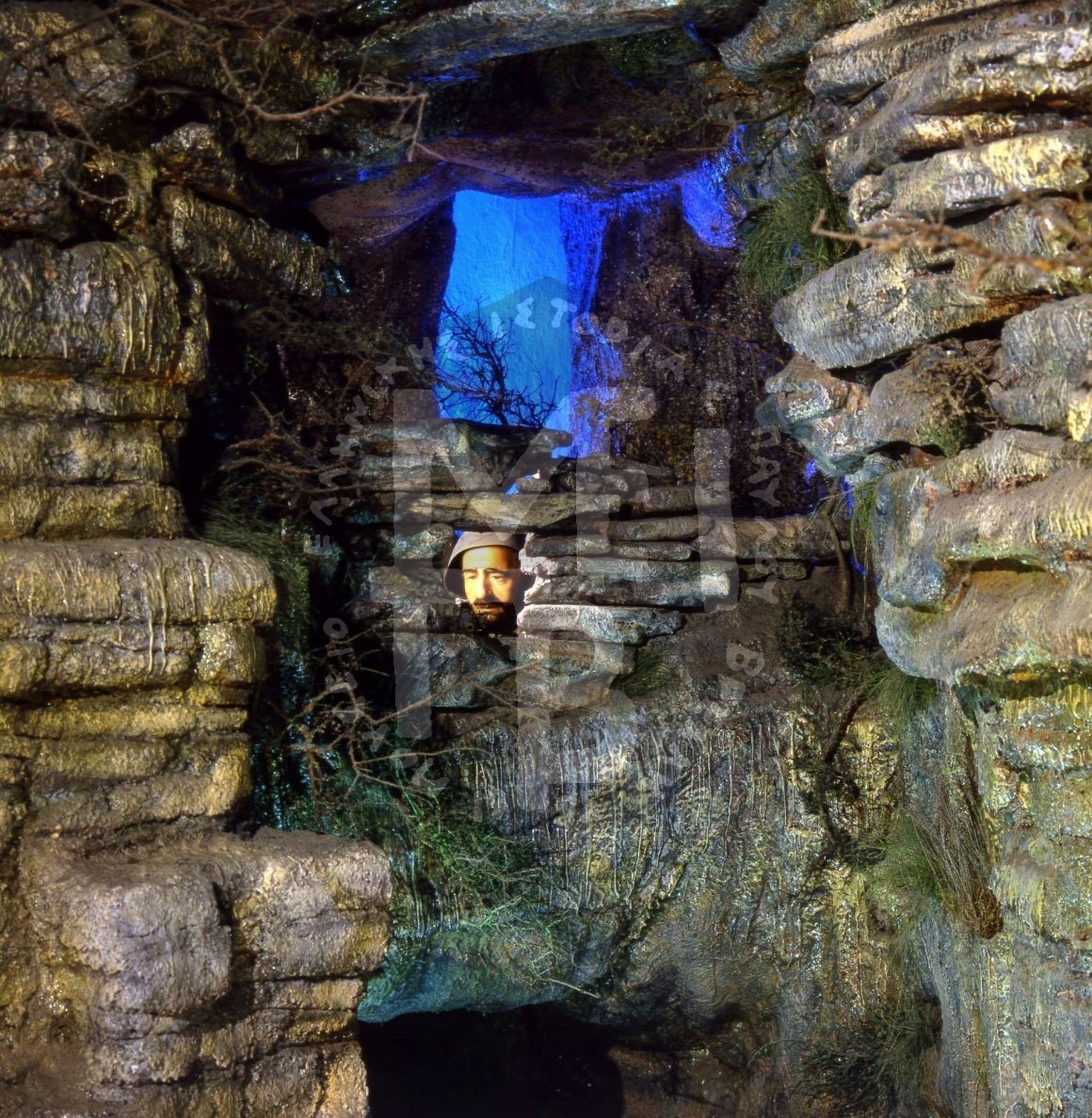“Although it had to cover a front of 180 km of land and 100km of sea coasts, our Artillery –both field and mountain ones– defended Epirus, supported our infantry, managed feats, and brought victories.
It turned out to be a ghost both in the invaders’ sleep and while they were awake. In the beginning of November, 1940, it nailed down Italian tank in Kalpaki – the shell fragments rendered the caterpillar tracks useless. It also broke up rival pillboxes, gun emplacements and observation posts, and spread panic and confusion to rival camps. Much has been written about the accuracy of aims of legendary figures like Artillery Major Dimitris Kostakis from Souli, whose order for ‘precision-fire’ against Italian camps, blew up the cauldrons.
All batteries had their achievements. Nevertheless, the Artillery of those days would have been blind but for the assistance they had from the Observation Posts, which calculated the position of the projectiles (artillery shells) already fallen and corrected the route of new ones or a volley fire.
We first saw a small part of the Observation Post when we started climbing up the stairs leading to Pindos. We discover its presence and significance when we reach such an optic angle that we can make the connection with the theme of Artillery. I have developed the theme in such a way so that it is interrelated to that of ‘Klephts and Armatoli’, and subordinate to the themes ‘Kalpaki’ and ‘Letter from the Albanian front’. I have created a little ravine in a hollow of which I have placed this theme.
The observation post is improvised, the rocks being made from cloth, sackcloth, solid polystyrene and gypsum. The observation posts of that time were built with local materials mostly with stone and wood. They were plain in construction, fast and ingeniously made so as not to be detected. These plate layers form a great part of the overall composition of Pindos. The stratigraphy is almost the same, with few variations to refresh the eyes.
Wishing to make a contrast between open and close forms – ‘Women of Pindos’, ‘Artillery’ and the water spring belong to the former, while ‘rocks’ ( emergency exits in disguise) and stairs belong to the latter – I have developed the theme of ‘Observation Post’ across that of ‘Women of Pindos’. As a whole, the bulks are big and exercise some pressure on the visitor. For this reason, I have left a big opening (the roof of the building is actually the sky of ‘Women of Pindos’); and at a height proportional to the distance between the roof and the base of the building I have created the opening of the theme so as to make the place ‘breathe’ better.
Externally, the opening is made of cement and is sculpted accordingly. Internally, the place has been created with the already mentioned materials: sackcloth, glue and gypsum. In this room, a 75 millimeter field gun is being prepared by soldiers to fire its next shot. One of those who fought back then, in 1940, was my brother Vassilis – the only one of my brothers who always stood by me.”

